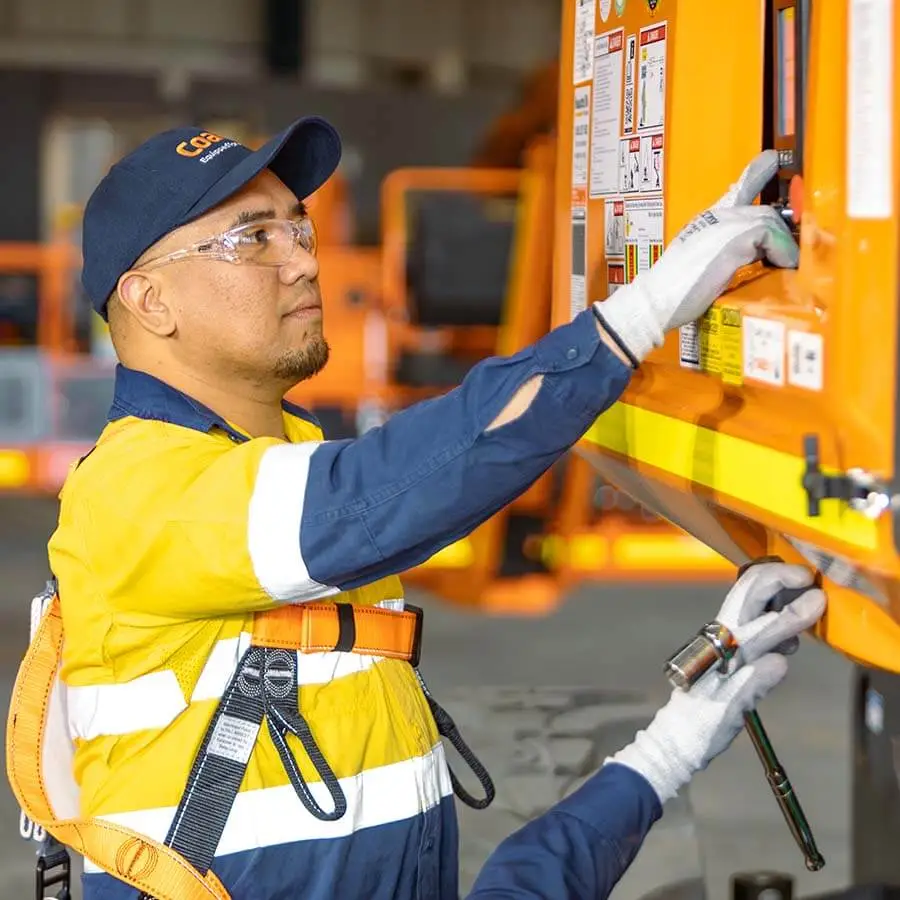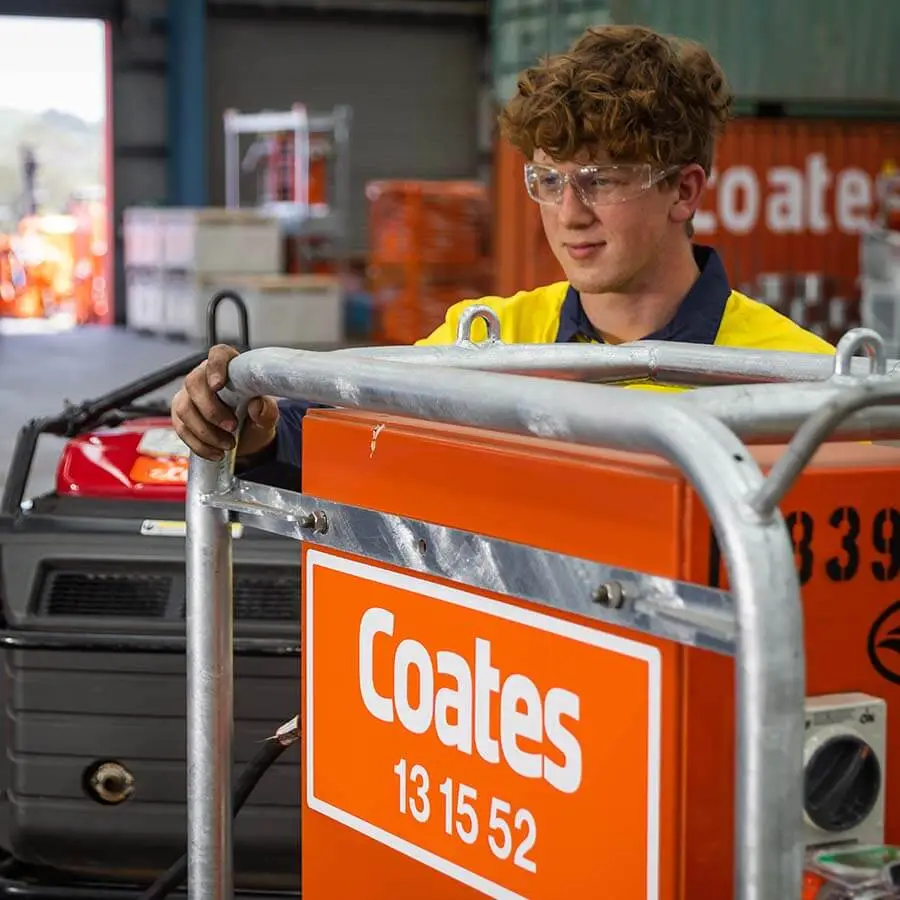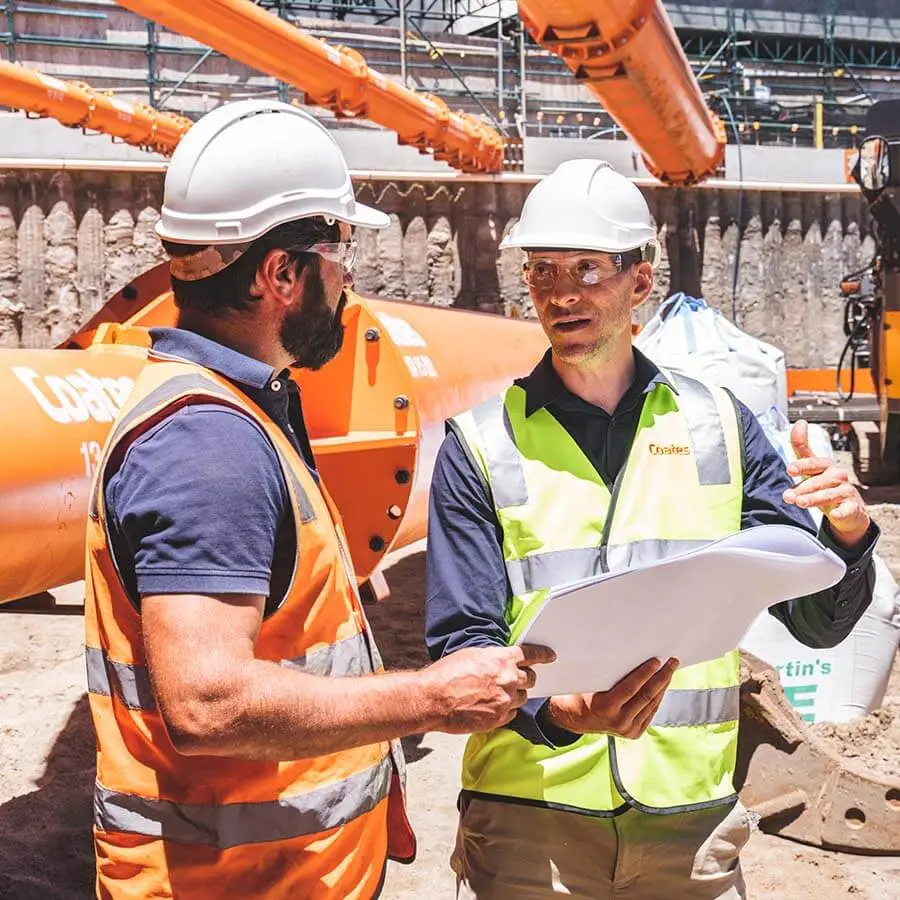Safety First: Our safety commitment
At Coates, providing a safe workplace for our employees, suppliers, contractors, customers and visitors is central to our safety vision and culture.
We believe a robust safety culture is achieved through strong leadership, built on mutual respect and a clear understanding of everyone’s roles and responsibilities. We foster a mindset that is curious and prepared for the unexpected, with a drive for continuous learning and a just and fair culture that prioritises safety, health and wellbeing.
Coates’ Safety First culture is anchored by our six Lifesaving Rules and our top ten identified Critical Risk controls.
To drive continuous improvement, we have established guidelines for our required safety behaviours in the workplace. We manage our high-risk work activities through the critical risks and the associated Hazard Control Procedures that establish a baseline set of non-negotiable rules and safe work practices.
By adhering to these essential control methods and embodying our required safety behaviours, our goal is to create and maintain healthy and safe workplaces.

Assess risk
I will assess all risks before I start work.

Fit for work
I will only work when I am fit to do so.

Competency
I have the right training and qualifications to do my work safely.

Tools & equipment
I will use the right tools and equipment to do my work.

Personal responsibility
I will follow procedures and not place myself in danger.

Leadership
I have the authority to and will stop work if it is unsafe.
Load Restraint Guide
Under the Heavy Vehicle National Law (HVNL), anyone in the supply chain who conducts, controls or influences transport-related activities must comply with load restraint laws. Our Load Restraint Guide (2023 Edition) outlines the restraint methods required to achieve the performance standards listed in Schedule 7 of the Heavy Vehicle (Mass, Dimension and Loading) National Regulation 2021.
Health, Safety, Environmental & Quality (HSEQ) certification
At Coates, regular performance reviews are essential for driving continuous improvement. As such, our HSEQ Management System is third-party certified at five key sites: Mascot, Moorebank, Kingston, Dandenong and Belmont.
This certification assures our customers that Coates’ HSEQ policies, processes and work practices meet ISO standards, reflecting our commitment to excellence in health, safety, environment and quality.
View our HSEQ policies below.
Work Health & Safety Policy
Environmental Policy
Injury Management & Return to Work Policy
Quality Policy
Sustainability Policy











